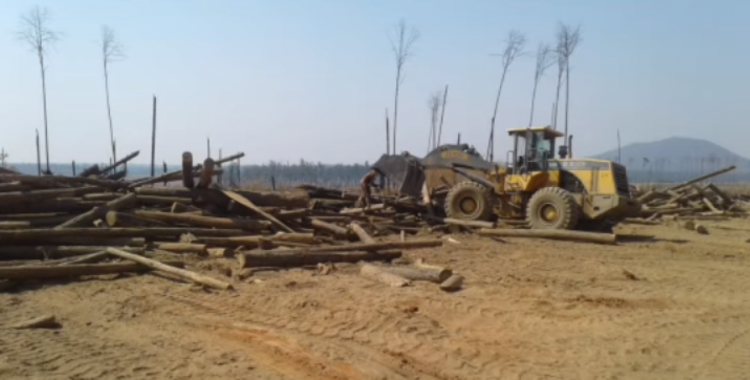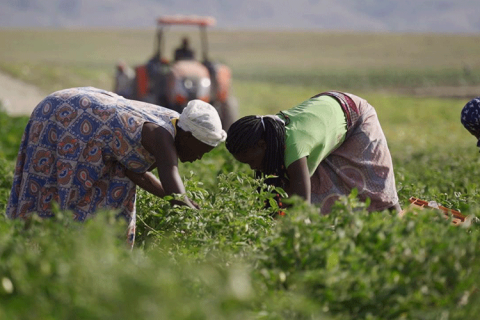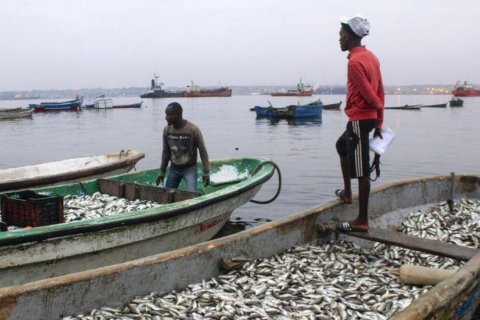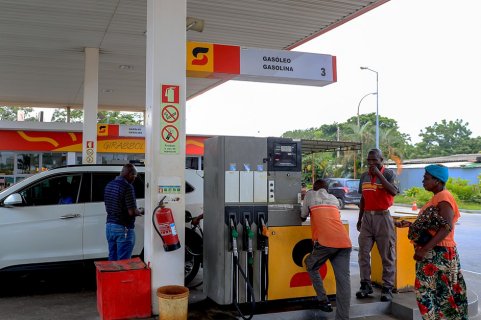The denunciation, shared in social networks, points to the "uncontrolled and unsustainable forest exploitation in Angola", and displays videos and photos of the Cuima forest polygon, municipality of Caala, the Sanguengue forest polygon, municipality of Cachiungo, both in Huambo province, and the Alto da Catumbela forest polygon, municipality of Ganda, Benguela province.
In a statement to the Lusa agency, the executive director of EcoAngola, Érica Tavares, said that the complaint was made by a group of forest engineers, who expressed "great concern about this situation".
According to Érica Tavares, "this is not something that is happening now, and in fact it happens in several provinces of the country".
The biggest problem, continued Érica Tavares, is the lack of concern about reforestation of these areas.
"Today it's being more deforested than reforested, that's their biggest concern at the moment," she stressed.
Érica Tavares said that the organization received several images, sent by different people, and whose veracity was confirmed in both provinces.
Asked if the whistleblowers identified the people responsible for this environmental crime, the executive director of EcoAngola replied that the authorship was pointed out to Asian citizens.
"This is not confirmed. They are, unfortunately, Asian citizens, but this has happened under the silent gaze of the local authorities," added Erica Tavares, considering that "a deforestation of that size is a bit obvious to anyone who passes through the area".
"And to do nothing is to connive with what is happening," said the environmentalist, pointing out that she has already sent the complaint to the National Institute of Biodiversity and Conservation Areas (INBAC), preparing to also send it to the Ministry of Culture, Tourism and Environment, on the part of environmental crimes.
The executive director of EcoAngola stressed that the fact that the government stopped passing licenses for the exploitation of various types of wood did not prevent the deforestation from continuing in an "illegal and regular" way.
"And this is what is out of control and is worrying those forest engineers, because in fact, two of the people who made the denunciation are people who used to work in companies that used to use the wood and then reforest again, but now they have noticed that the places they used to work are being completely destroyed, without any kind of maintenance or restoration work", she reported, underlining: "This is the biggest concern".
In 2018, several public denunciations, through the sharing of videos on social networks, of long queues of trucks loaded with logs along the roads, were made regarding the high amount of wood being exploited by Chinese citizens, mainly in eastern Angola.
On the subject, the Catholic bishops expressed concern in 2019 over the deforestation caused mainly by illegal logging for the commercialization of wood, which "unfortunately" persisted that year in the provinces of Moxico, Cuando Cubango, Cabinda, Uíje and Bengo, and less so in Huambo and Bié.
At the time, the government attributed responsibility for the situation to the national citizens, who, in violation of the law, were transferring the exploitation license to the Chinese, and to the lack of supervision.
Angola was among the three largest forest plantation owners in the world, made up mostly of eucalyptus and pine species, which spread across the provinces of Huambo, Bié, Benguela, Huila and Malanje, in an area of 148,000 hectares.
In the Portuguese colonial period, the forest perimeters were composed of exotic species for the supply of raw material for the Angola Pulp and Paper Company and energy for the Benguela Railroad locomotives.
A Strategic Plan for Intervention in the Forest Perimeters drawn up by the Ministry of Agriculture and Forestry of Angola, which Lusa announced in 2019, characterized the state of conservation of these perimeters as "aged, degraded and maladjusted plantations" of the objectives for which they were established.
"Data from the inventory carried out in the provinces of Benguela, Huambo and Bié in 2010 and updated in 2013, indicated the existence of a planted area of about 60.7 thousand hectares, which represents a reduction of 58.9 percent of the historical area recorded until 1975," the document revealed.







